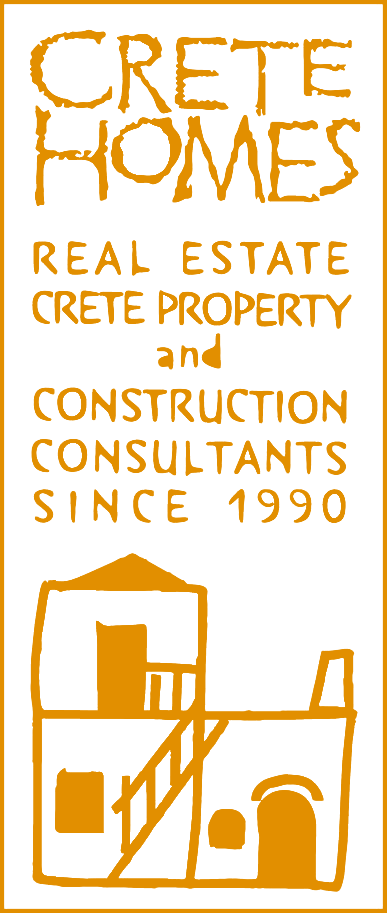10 useful things you should know about old house renovation in Crete:
[dropcap1]1[/dropcap1]
Renovating a house in Crete is a wonderful idea. The house can take on your own style and personality and can meet your personal needs and requirements.
[dropcap1]2[/dropcap1]
All renovations need a Building Permit. If you want to re-sell the renovated house, it will need to have a Certificate of Legality (Law 4178). This means the house must correspond 100% to the Building Permit. If not, fines and taxes must be paid.
[dropcap1]3[/dropcap1]
In Greece there is an authority called I.K.A. This is the authority for national insurance. On all properties being renovated, an I.K.A. file must be opened at the local I.K.A. authority office. Works carried out on the house will have corresponding I.K.A. payments to be made, even if renovations are made by the owner.
[dropcap1]4[/dropcap1]
Although not always required by Law, it is common sense to renovate a property according to its surroundings and environment. In some traditional villages, facades and roofs must reflect the original style and build of the house.
[dropcap1]5[/dropcap1]
Fortunately, electrical installations must now comply with strict controls with work carried out by a certified electrician. This may seem expensive at first, but means you have a guarantee for your safely and security.
[dropcap1]6[/dropcap1]
Many village houses can now be connected with a central sewer system. If not, and there is not an existing septic tank, then one must be created in a suitable place by the house.
[dropcap1]7[/dropcap1]
Water is usually connected to a property, however old it is. If not, then again, suitable plumbing will need to be planned. Most villages in Crete have water supplies from main systems. An old house will anyway need a modern bathroom and sanitary facilities, which means that new plumbing will be vital.
[dropcap1]8[/dropcap1]
Neighbours are usually most receptive to having an old house next door to them once again become a home filled with life. But they are not so pleased if they think that their own boundaries are being abused. When buying a property, all boundaries should be detailed on a Topographic Survey, which forms part of your purchase contract. Under Law 4178 (see point 2) the vendor’s new Topographic Survey will prove boundaries in case of any neighbouring discontent.
[dropcap1]9[/dropcap1]
Remember that it is very hot in the summer and can be cold in the winter. While large windows can facilitate wonderful views, if they face the sun for most of the day, the house is going to get hot and uncomfortable. Good quality double glazing or pretty shutters can alleviate this. The idea of thick walled stone houses with small windows was to keep the summer heat out; and the heat in during the winter. Flat concrete roofs should be insulated against the summer sun; and to protect against internal condensation in the winter. Decisions early on should be taken whether to have cabling ready for air conditioning or central heating. Perhaps your ideal is a traditional style fireplace or wood burning stove. Many older properties have a fireplace with chimney and so these can be a bonus if already existing.
[dropcap1]10[/dropcap1]
Here is where the Architect (or in some cases a Civil Engineer) is essential. He/she can prepare all the documents for the Building Permit and make the applications for you. They can prepare and submit all the documentation to the I.K.A. authorities. They can design and project manage the renovation, ensuring that all the above points are taken into consideration and that all works are carried out according to the respective laws.
In particular, as many villages in Crete are traditional (Listed) only an Architect has the authority to stamp various documents and make certain submissions because aesthetics, environment and local laws must be taken into consideration.
For further information, contact the Crete Homes architectural team, via: office@crete-homes.com.





